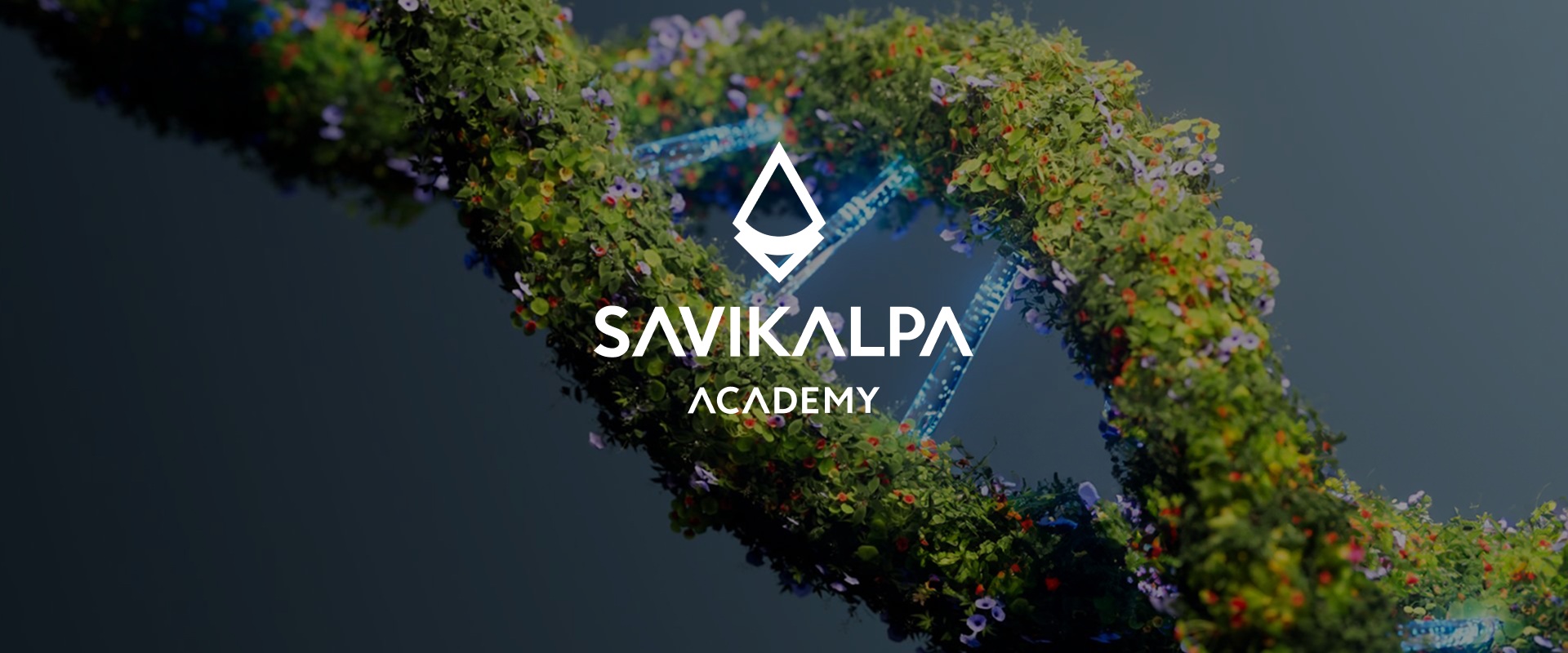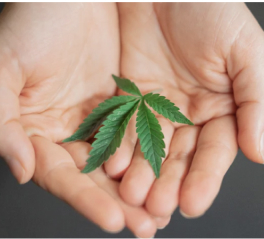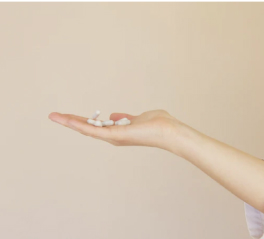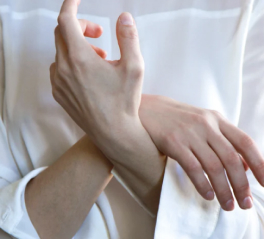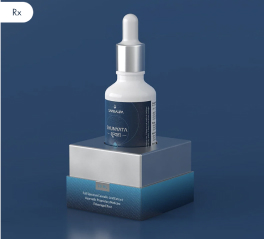Background:
Identifying neural characteristics that predict cannabis initiation is important for prevention efforts. The orbitofrontal cortex is critical for reward response and may be vulnerable to substance-induced alterations.
Aims:
We measured orbitofrontal cortex thickness, surface area, and volume prior to the onset of use to predict cannabis involvement during an average nine-year follow-up.
Methods:
Adolescents (n=118) aged 12–15 years completed baseline behavioral assessment and magnetic resonance imaging scans, then were followed up to 13 years with annual substance use interviews. Logistic regression examined baseline (pre-substance use) bilateral medial and lateral orbitofrontal cortex characteristics (volume, surface area, or cortex thickness) as predictors of regular cannabis use by follow-up. Post-hoc multinomial logistic regression assessed whether orbitofrontal cortex characteristics significantly predicted either alcohol use alone or cannabis+alcohol co-use. Brain-behavior relationships were assessed through follow-up correlations of baseline relationships between orbitofrontal cortex and executive functioning, reward responsiveness, and behavioral approach traits.
Results:
Larger left lateral orbitofrontal cortex volume predicted classification as cannabis user by follow-up (p=0.025, odds ratio=1.808). Lateral orbitofrontal cortex volume also predicted cannabis+alcohol co-user status (p=0.008, odds ratio=2.588), but not alcohol only status. Larger lateral orbitofrontal cortex volume positively correlated with greater baseline reward responsiveness (p=0.030, r=0.348). There were no significant results by surface area or cortex thickness (ps>0.05).
Conclusions:
Larger left lateral orbitofrontal cortex measured from ages 12–15 years and prior to initiation of substance use was related to greater reward responsiveness at baseline and predicted classification as a cannabis user and cannabis+alcohol co-user by final follow-up. Larger lateral orbitofrontal cortex volume may represent aberrant orbitofrontal cortex maturation and increasing vulnerability for later substance use.

